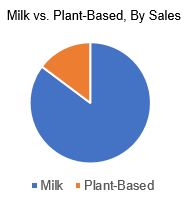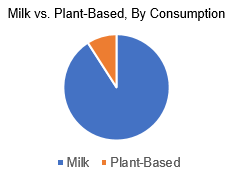The management and development of the FARM Program database and evaluation app was transferred to NewInsights on June 1, one of several changes in the past month that will enhance FARM’s ability to serve the dairy community.
NewInsights is a customer-focused technology company with extensive dairy industry and IT experience that has the capacity to drive continuous improvement of the FARM technology suite. Having worked with organizations such as Land O’Lakes and John Deere for IT solutions, NewInsights was hired to improve the user experience and develop new features tailored to the unique needs of program participants and producers.
In addition to the NewInsights contract, FARM has hired ACER Consulting to jointly develop programming for 2020 virtual and slated in-person FARM-hosted evaluator training sessions. ACER Consulting brings a background in animal health and animal care quality assurance programs across the globe; it also has extensive experience developing animal science-based educational and training resources.
FARM continues to adapt evaluator training opportunities and expectations to remain precautious amid the current COVID-19 outbreak. Evaluators and program participants with questions regarding evaluator trainings should contact dairyfarm@nmpf.org.
New Guides, Stakeholder Summit
The FARM Program continues to produce relevant and timely resources and materials related to all its program areas for producers.
The 2020 Milk and Dairy Beef Drug Residue Prevention Reference Manual and accompanying pocket guide is now available in Spanish and English. Interested stakeholders can view and download the manual of the FARM website or purchase the manual or pocket guide in the FARM Store. Updated each year, the manual and accompanying pocket guide are convenient resources detailing which antibiotics and other drugs are approved for treatment of dairy animals.
The FARM Program and the Beef Quality Assurance Program has also revised the previously named Top 10 Considerations when Culling Dairy Animals poster. The refined poster clarifies and adds additional context to what observations to conduct before loading and transporting dairy cattle. Available in Spanish and English, this resource can be downloaded or purchased on the FARM website.
FARM is also participating in two key virtual events being held in July. FARM staff will provide updates on the FARM Animal Care, Environmental Stewardship and Workforce Development program areas and examine other developments in related policy areas as part of NMPF’s upcoming Dairy Stakeholder Summit, July 8-9.
Additionally, the annual FARM evaluator conference will also be held virtually and at no cost to attendees. This event will take place on July 21-22. Session topics include media training, training development and intake discoveries at the beef processing plant. Evaluators, program managers can register here.







